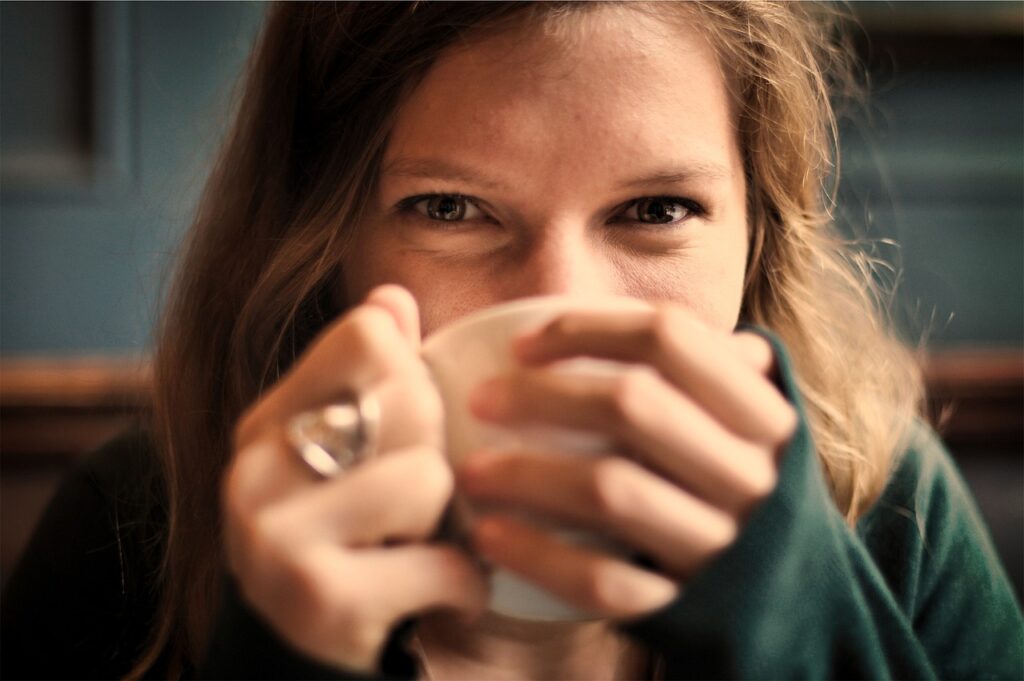
In today’s digital age, technology is rapidly transforming the way we live, work and do business. One such innovative technology that has gained tremendous popularity in recent years is QR codes. QR codes have become ubiquitous, and you can find them everywhere, from billboards to product packaging. QR codes are now making their way into the hospitality industry, and hotels are utilizing them to enhance the guest experience. One of the most notable uses of QR codes in hotels is in menu management. By implementing QR code menus, hotels can streamline their food and beverage operations while offering a seamless and contactless dining experience to their guests. In this article, we’ll explore the various benefits of implementing QR code menus in hotels and how they can revolutionize the guest experience. So, sit tight, and let’s dive in.
Advantages of using QR code menus in hotels
Contactless dining experience
One of the most significant advantages of implementing QR code menus in hotels is that they offer a contactless dining experience to guests. In the wake of the COVID-19 pandemic, contactless dining has become a top priority for hotels. By using QR code menus, guests can scan the code and access the menu on their smartphones without any physical contact with menus or servers. This not only reduces the risk of infection, but it also enhances the overall dining experience by providing guests with a seamless and personalized experience.
QR code menus can also be used to facilitate contactless ordering and payment. Guests can simply scan the QR code, place their order and pay online, without the need for a server to take their order or handle cash or credit cards. This not only saves time but also reduces the risk of errors and enhances the efficiency of the food and beverage operations.
Cost-effective and eco-friendly
Implementing QR code menus in hotels is a cost-effective and eco-friendly solution. Traditional paper menus can be expensive to print, update and dispose of, especially for hotels that offer multiple dining outlets. With QR code menus, hotels can eliminate the need for paper menus altogether and reduce their carbon footprint. QR code menus are also easy to update and customize, so hotels can make changes to their menus in real-time, without incurring any additional printing costs.
Improved customer engagement and satisfaction
QR code menus enable hotels to provide guests with a more engaging and interactive dining experience. With QR code menus, hotels can include multimedia elements such as images, videos and descriptions to showcase their dishes and drinks. This not only helps guests make informed decisions but also enhances their overall dining experience.
QR code menus can also be used to collect feedback from guests. Hotels can include a feedback form or survey in the QR code menu, which guests can fill out and submit online. This enables hotels to gather valuable insights into their guests’ preferences and improve their food and beverage offerings accordingly.
Better menu management and analytics
QR code menus offer hotels a better way to manage their menus and track their performance. With QR code menus, hotels can collect data on the most popular dishes, drinks and dining times, which can help them optimize their menu offerings and pricing strategies. QR code menus can also be integrated with the hotel’s POS system, enabling real-time inventory management and reducing the risk of overstocking or understocking.

How to create a QR code menu for your hotel
Creating a QR code menu for your hotel is a simple and straightforward process. Here are the steps you need to follow:
Step 1: Design your menu
The first step in creating a QR code menu is to design your menu. You can use a template or create a custom design that reflects your brand and the ambiance of your dining outlets. Make sure your menu is visually appealing and easy to read, with clear descriptions and prices.
Step 2: Generate a QR code
Once you have designed your menu, the next step is to generate a QR code. You can use a free QR code generator tool such as QR Code Generator or QR Code Monkey to create a QR code for your menu. Simply upload your menu design and generate a QR code.
Step 3: Print and display your QR code
Once you have generated your QR code, the final step is to print and display it. You can print your QR code on table tents, posters, menu boards or any other visible location in your dining outlets. Make sure your QR code is prominently displayed and easily scannable.

Best practices for QR code menu implementation
Here are some best practices to keep in mind when implementing QR code menus in your hotel:
– Ensure your QR code is prominently displayed and easily scannable.
– Include clear instructions on how to scan the QR code and access the menu.
– Test your QR code menu on multiple devices to ensure compatibility.
– Regularly update and customize your QR code menu to reflect changes in your menu offerings.
– Train your staff on how to assist guests with QR code menus and troubleshoot any issues.
Common challenges and how to overcome them
Implementing QR code menus in hotels may come with some challenges. Here are some common challenges and how to overcome them:
Lack of awareness
Some guests may not be familiar with QR codes and how to use them. To overcome this challenge, hotels can include instructions on how to scan the QR code and access the menu, or provide a QR code scanner app for guests to download.
Technical issues
QR code menus may not work properly on some devices or in areas with poor internet connectivity. To overcome this challenge, hotels can provide alternative menu options, such as paper menus or digital menus on tablets or kiosks.
Resistance to change
Some guests may be resistant to the idea of using QR code menus and prefer traditional paper menus. To overcome this challenge, hotels can offer both options and gradually phase out paper menus as guests become more comfortable with QR code menus.

Conclusion and future of QR code menus in the hospitality industry
QR code menus offer hotels a cost-effective, eco-friendly and contactless solution to menu management. By implementing QR code menus, hotels can enhance the guest experience, improve efficiency and analytics, and reduce their carbon footprint. As the hospitality industry continues to evolve, it is likely that QR code menus will become even more ubiquitous, offering guests a seamless and personalized dining experience. So, if you haven’t already, it’s time to hop on the QR code menu bandwagon and revolutionize your hotel’s food and beverage operations.
Request a free demo here: https://qrunch.eu/contact-us




